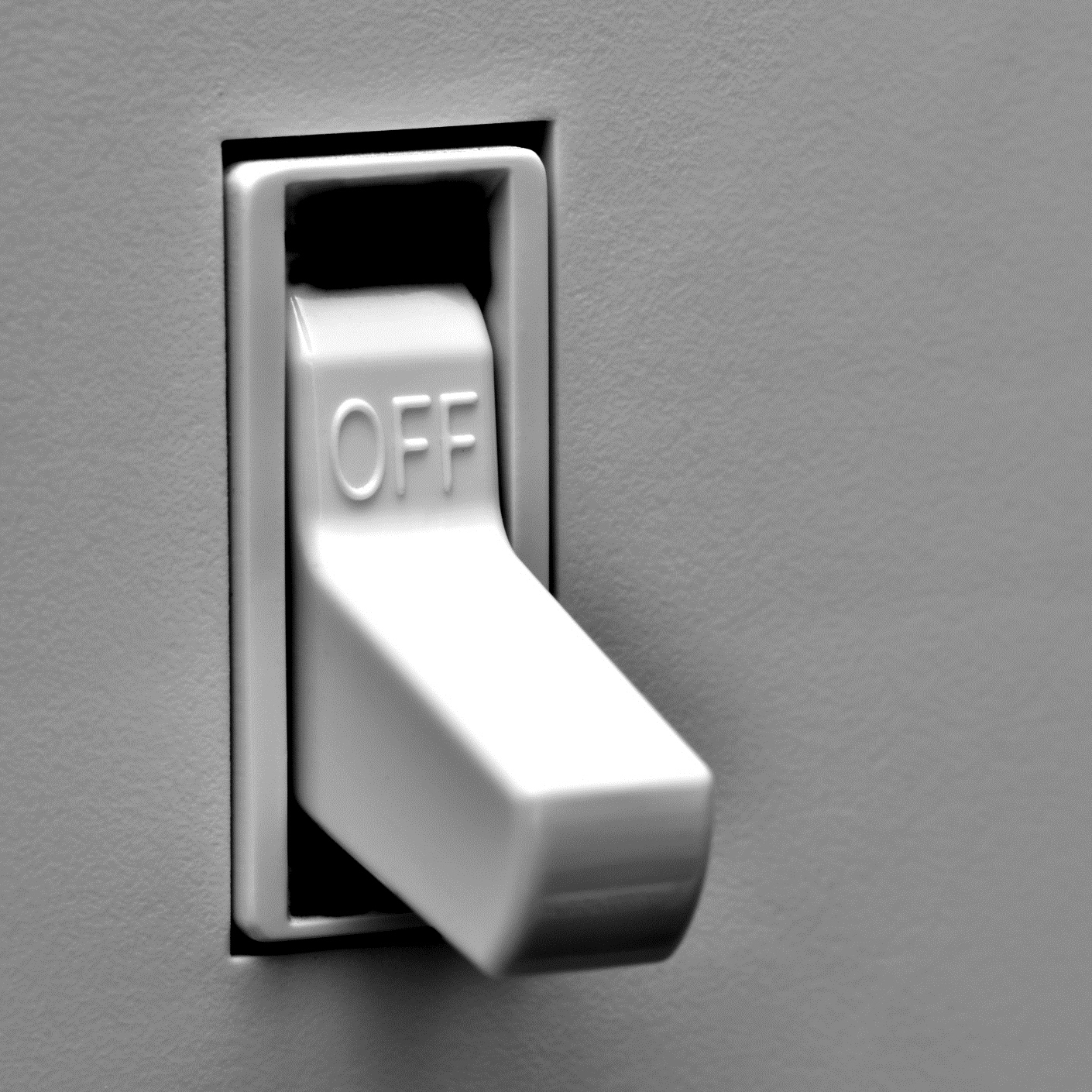Companies and Brands
Cree's Dilemma: Are LED Lights Just Too Good for Consumers?

Published:
Last Updated:

Investors thought there was an absolute fortune to be made in light-emitting diodes. The LED opportunity is that LED light bulbs with two-lead semiconductor light sources and their longer lasting and lower power consumption bulbs were going to replace incandescent light bulbs lit traditionally with heated wire filaments. The initial cost of LEDs over old-school incandescent bulbs had been one hurdle, but there may be another hurdle at work here. Is it possible that LED lights are just too good for the companies that make money by selling things and then relying on replacement purchases?
Cree Inc. (NASDAQ: CREE) is finding itself yet again on the receiving end of a bad earnings reaction on Wall Street. Cree shares were down in the double-digits after reporting a 7% drop in revenues.
Revenue of $342 million was followed by an adjusted earnings per share of less than $1 million, or $0.01 in earnings per share. The net loss, after all items, was $99 million or −$1.02 in earnings per share. A 7% revenue drop versus a year ago sounds bad, but this was actually a 15% drop in sequential quarterly revenues.
Cree did announce a joint venture to produce LED products with San’an Optoelectronics in China to serve the expanding markets of North and South America, Europe and Japan. As with many joint ventures, the aim is to use a domestic company’s expertise and technology and the Chinese company’s manufacturing expertise. Cree is also aiming to expand into the middle-range of the power market rather than the high-power markets. If successful, that will boost Cree’s target market and the total market opportunity.
Value investors are going to find themselves in a dilemma. Cree finds itself back in almost the same place as last August. It has also seen this sort of reaction to an earnings report before.
Cree’s guidance cannot yet include the expected gains from a joint venture. The company gave guidance for the quarter ahead for revenue to be in a range of $340 million to $360 million and for its adjusted earnings to between $2 million and $7 million ($0.02 to $0.07 per share).
Two issues are up for grabs. This was a disappointing report, even compared with its guidance a month earlier, and the joint venture’s success will remain an unknown through later in 2017, at a minimum. Cree showed that it expects royalty payments, but those expected royalty amounts were not projected in raw dollars.
Again, one unknown that remains a potential risk is that LED lighting and products may simply be too good. The LED lighting adoption continues as the prices of lights have come down over time, and the potential scale for LED lights continues to open up. For a consumer, the upside of buying LED lights is that these things last for many years. They may cost more, but if you have lights that are too high up or are in hard-to-reach or less-hospitable locations, you might opt for going with a more expensive LED light.
Cree has tried to maintain that some of the bad news is temporary. Chuck Swoboda, Cree’s board chair and chief executive, said about the quarter:
Q3 non-GAAP results were within our target range. Our Wolfspeed and LED Products businesses performed at or above their targets for the quarter, while Lighting Products came in a little below plan due to softer market conditions and the lingering effects of the third party product driver issue that we mentioned in Q2. We believe the factors that impacted our lighting business are temporary and we target improvement in all three businesses in Q4.
JPMorgan was among the first analyst downgrades after earnings, cutting its rating to Neutral from Overweight with a $25 price target.
Cree shares initially slid 6% after Tuesday’s closing bell, but that reaction was even worse after the analysts and investors got to cast their votes. Cree shares were down about 11.1% at $22.06 on roughly six times normal trading volume, after having traded as low as $20.82 earlier in the day. Cree has barely missed hitting a 52-week low, as that range in the past year has been $20.75 to $31.64.
Start by taking a quick retirement quiz from SmartAsset that will match you with up to 3 financial advisors that serve your area and beyond in 5 minutes, or less.
Each advisor has been vetted by SmartAsset and is held to a fiduciary standard to act in your best interests.
Here’s how it works:
1. Answer SmartAsset advisor match quiz
2. Review your pre-screened matches at your leisure. Check out the advisors’ profiles.
3. Speak with advisors at no cost to you. Have an introductory call on the phone or introduction in person and choose whom to work with in the future
Get started right here.
Thank you for reading! Have some feedback for us?
Contact the 24/7 Wall St. editorial team.